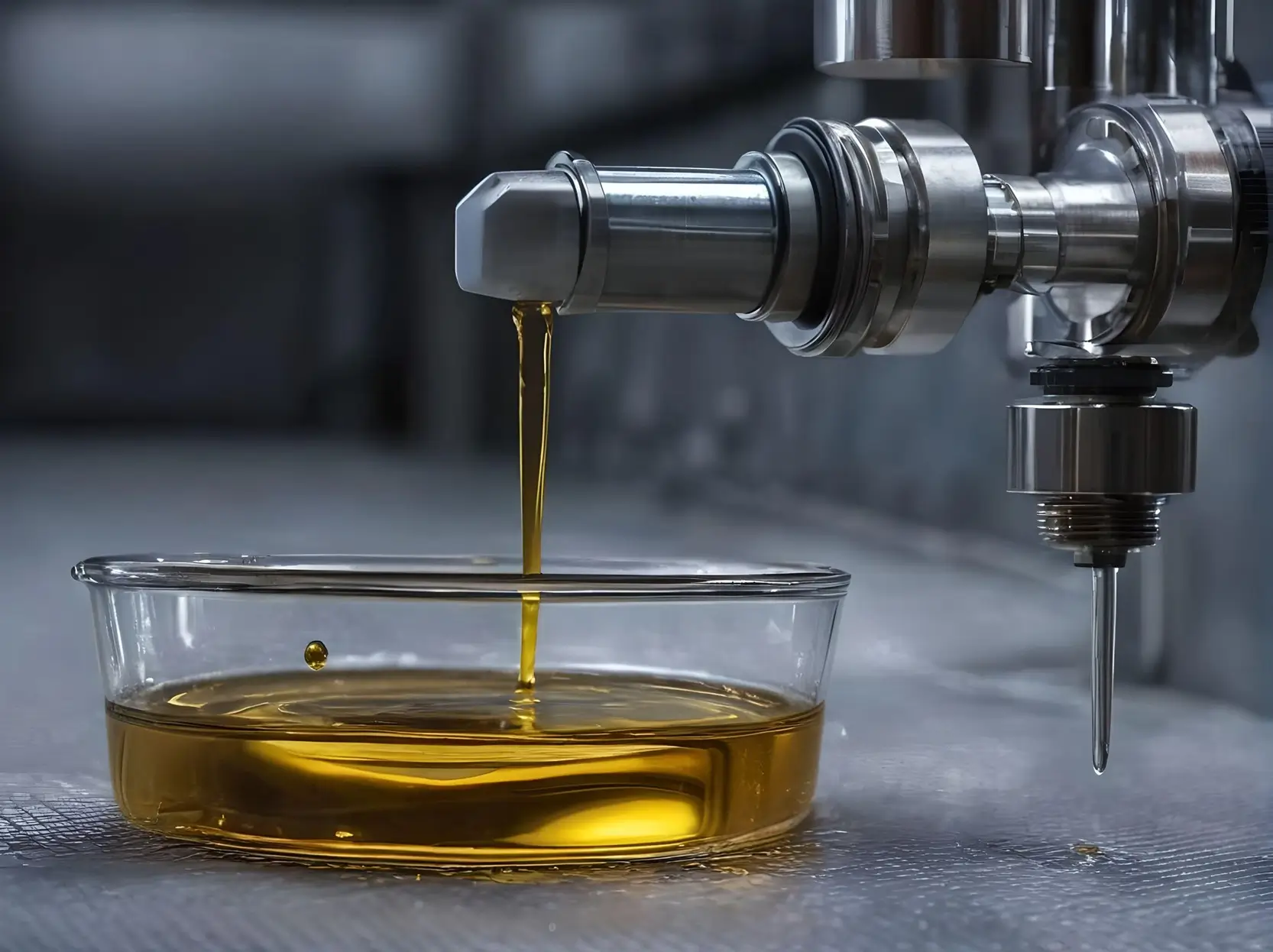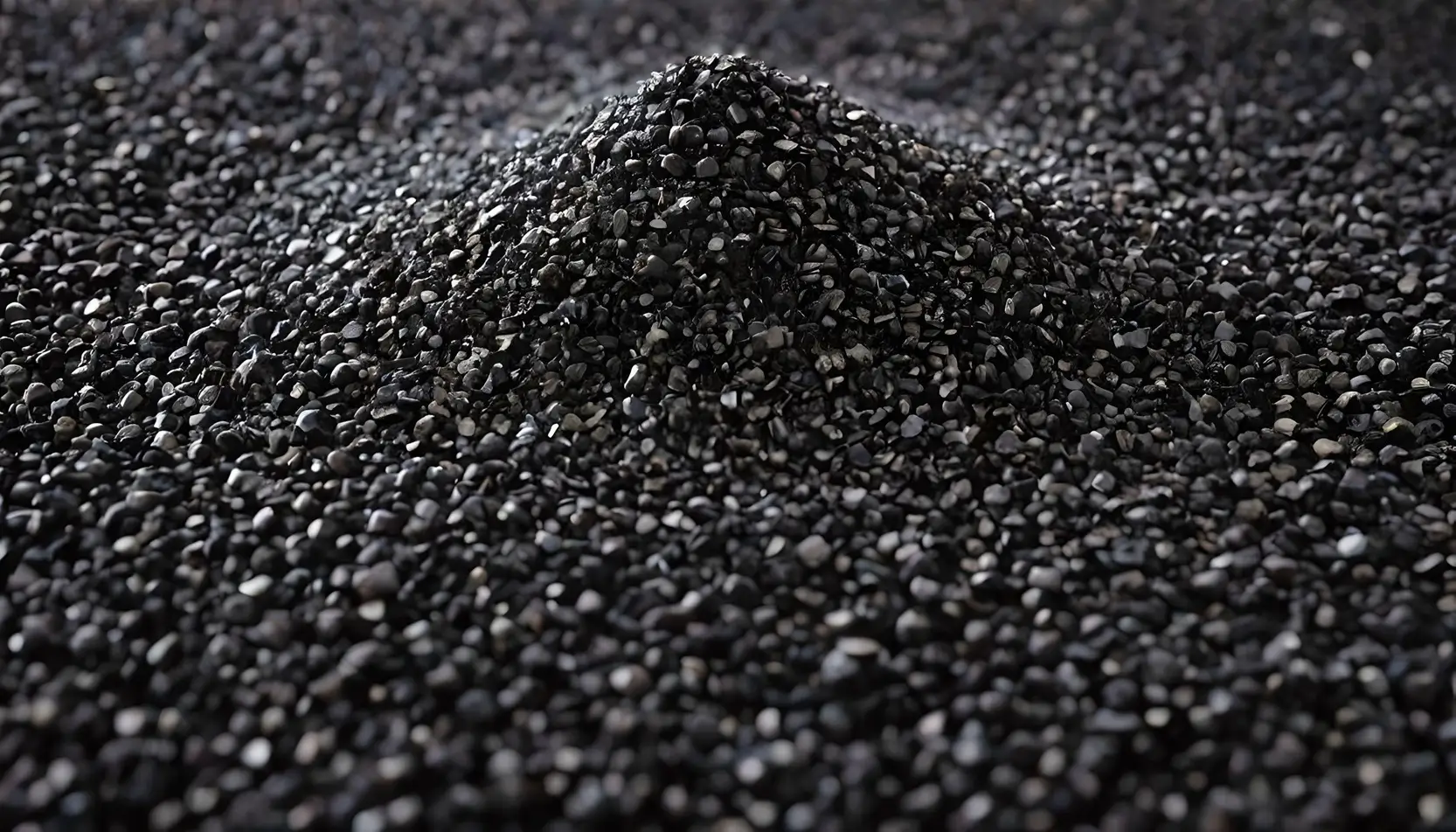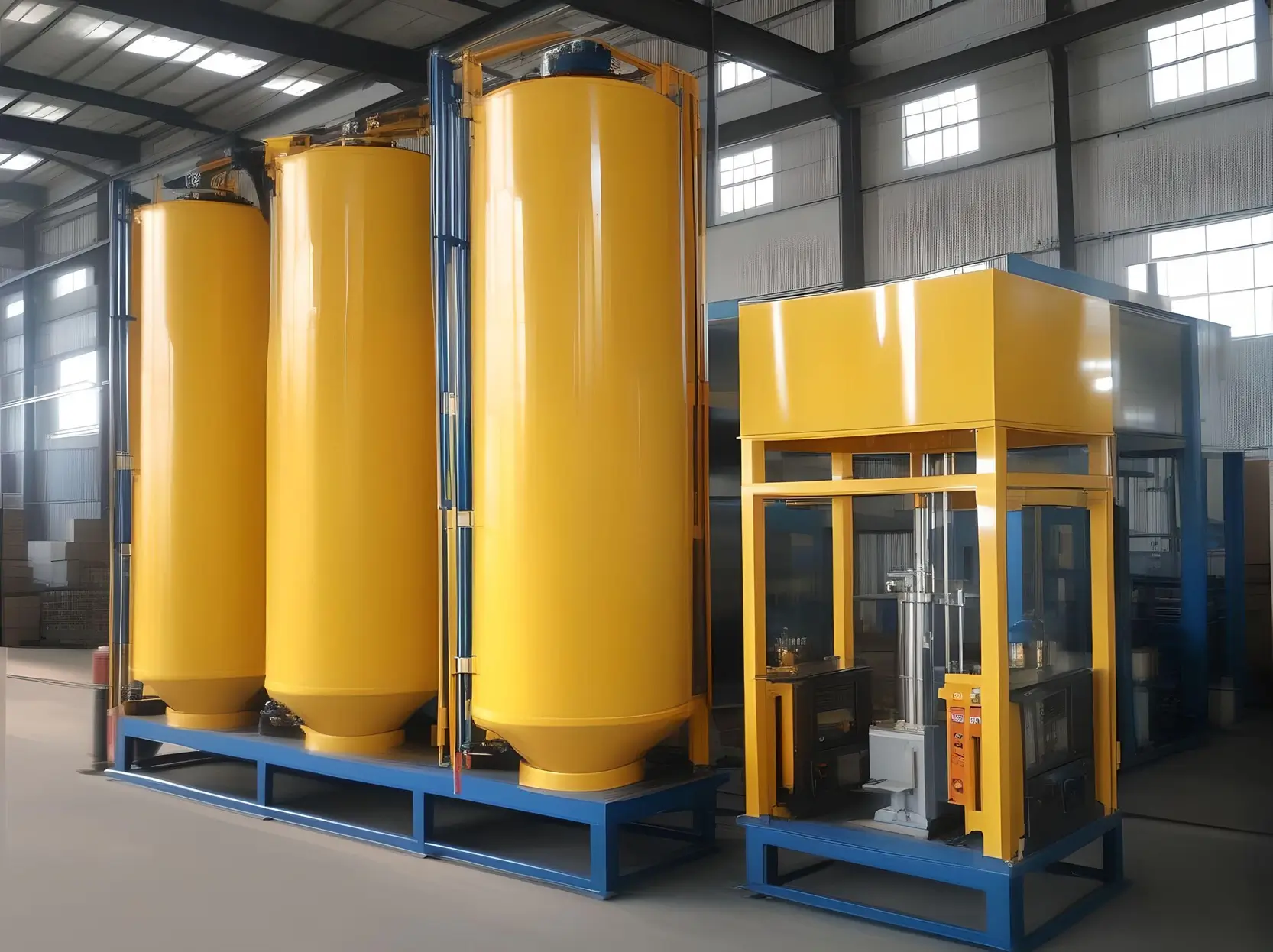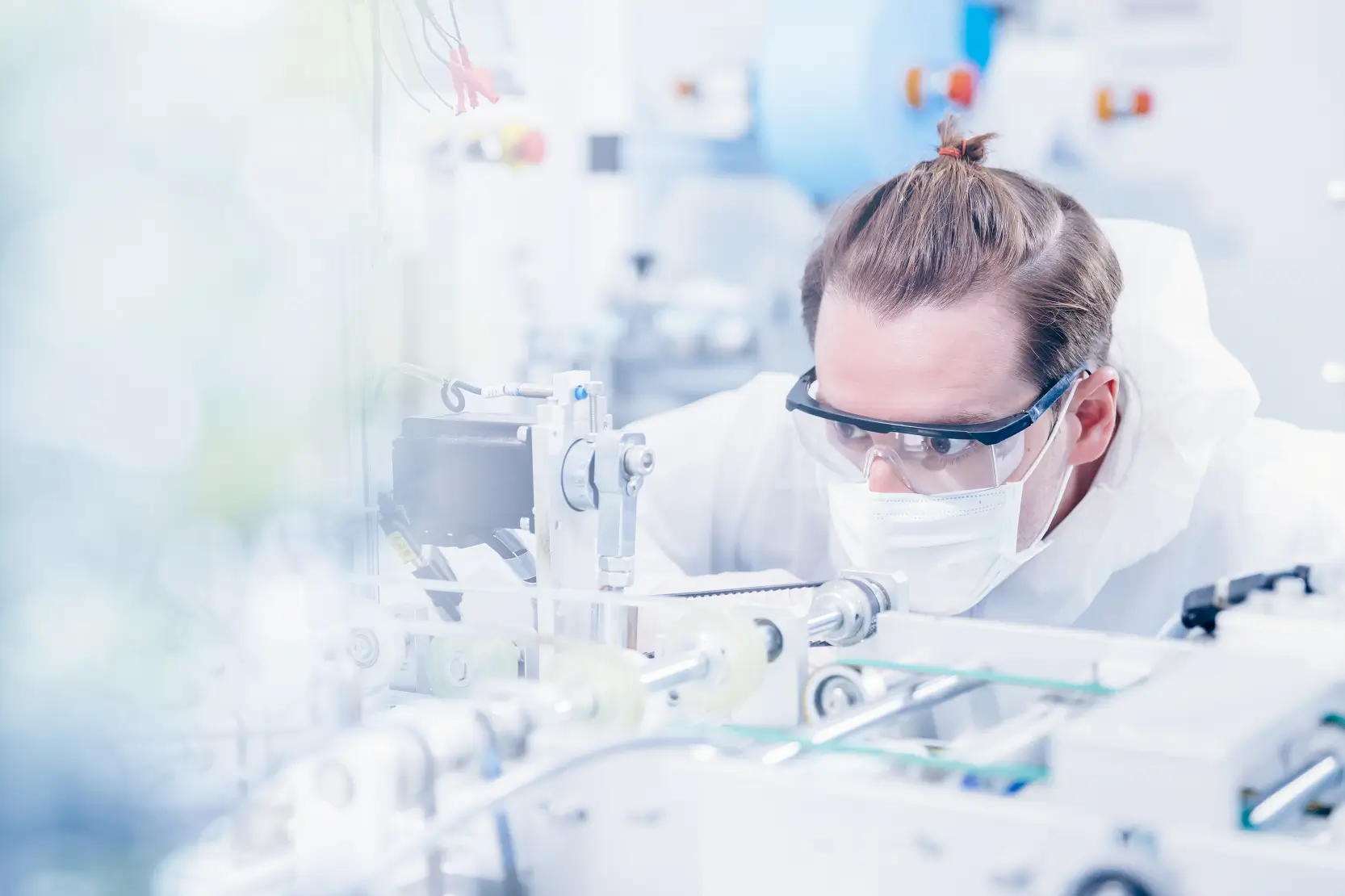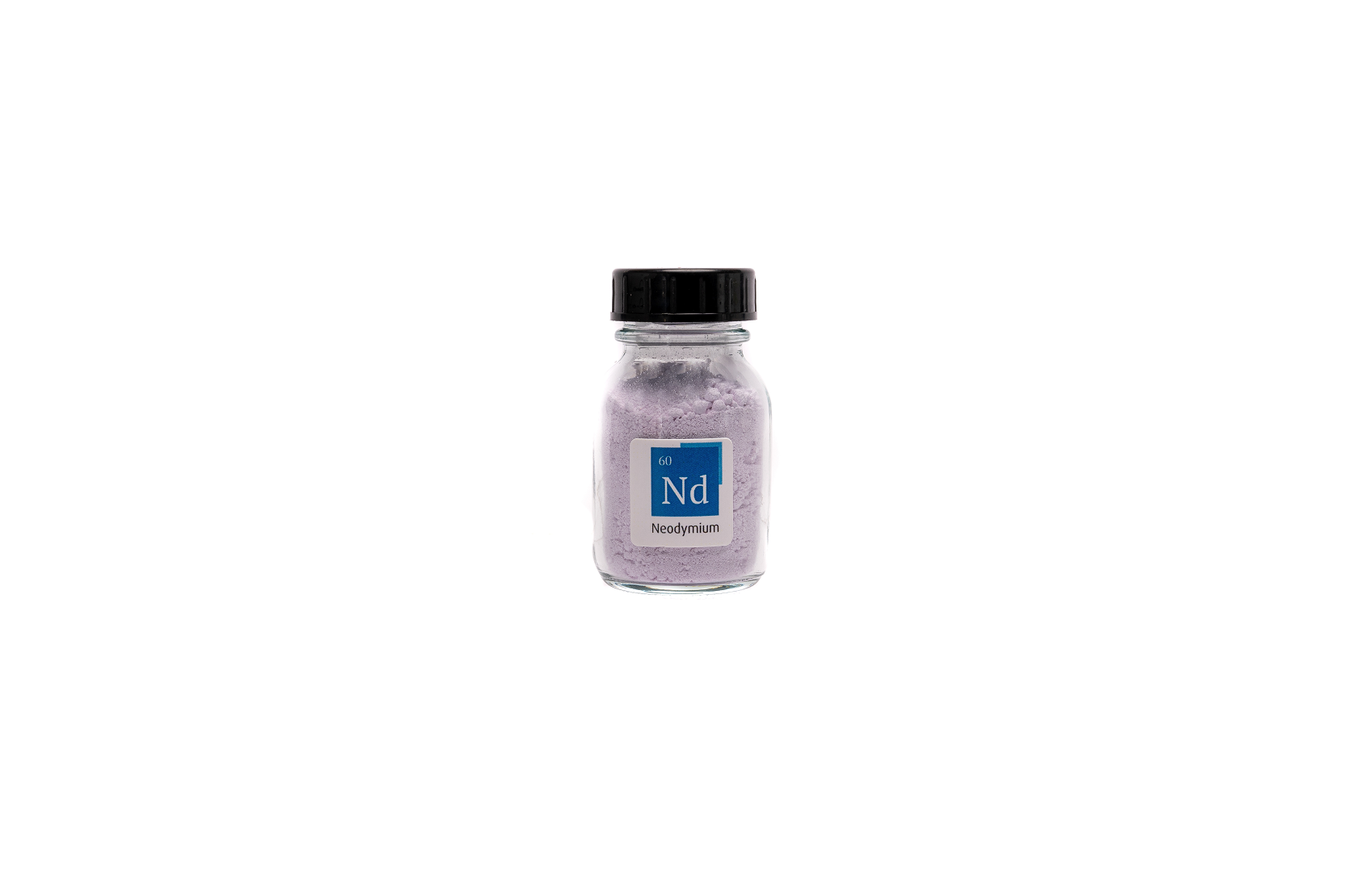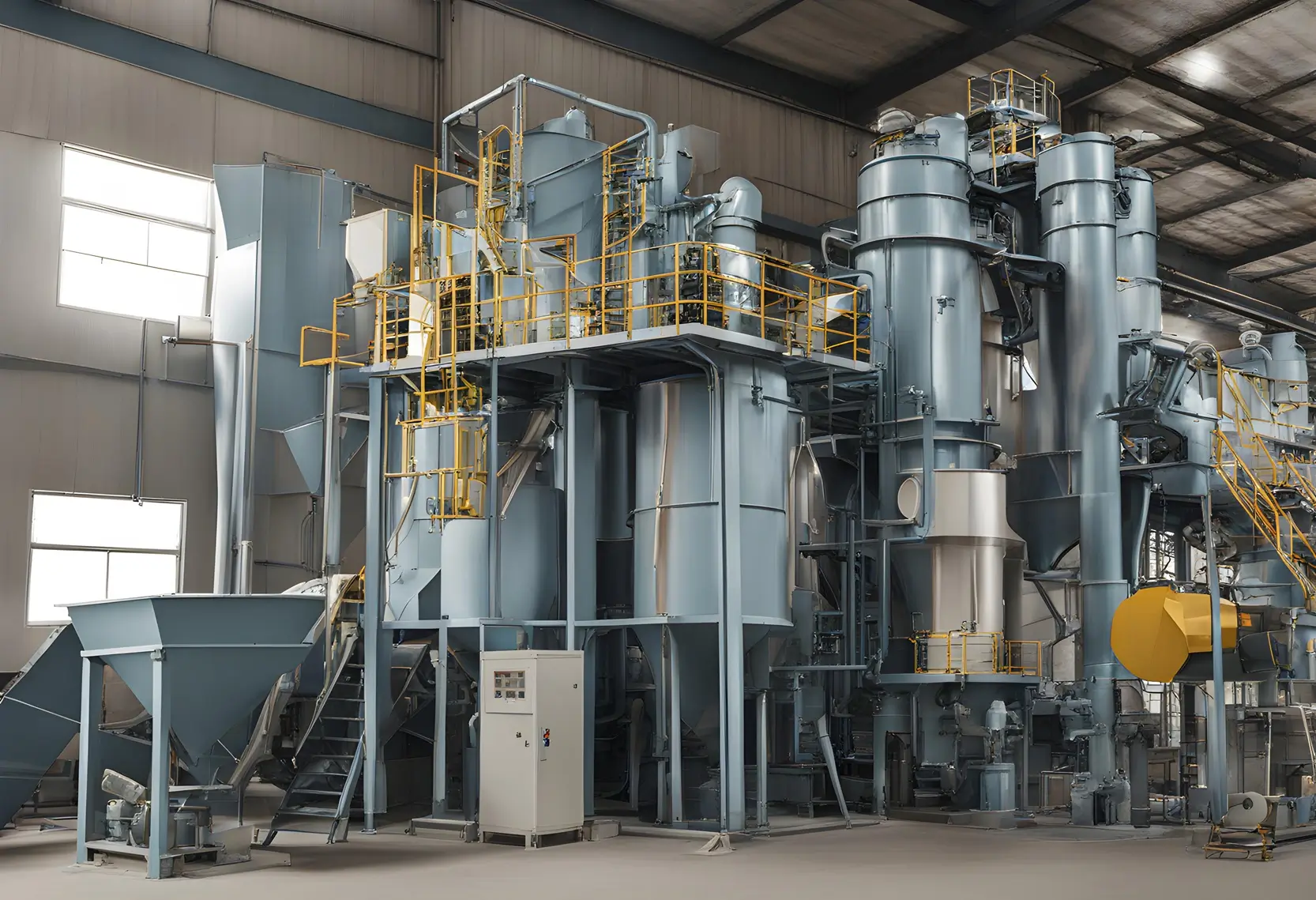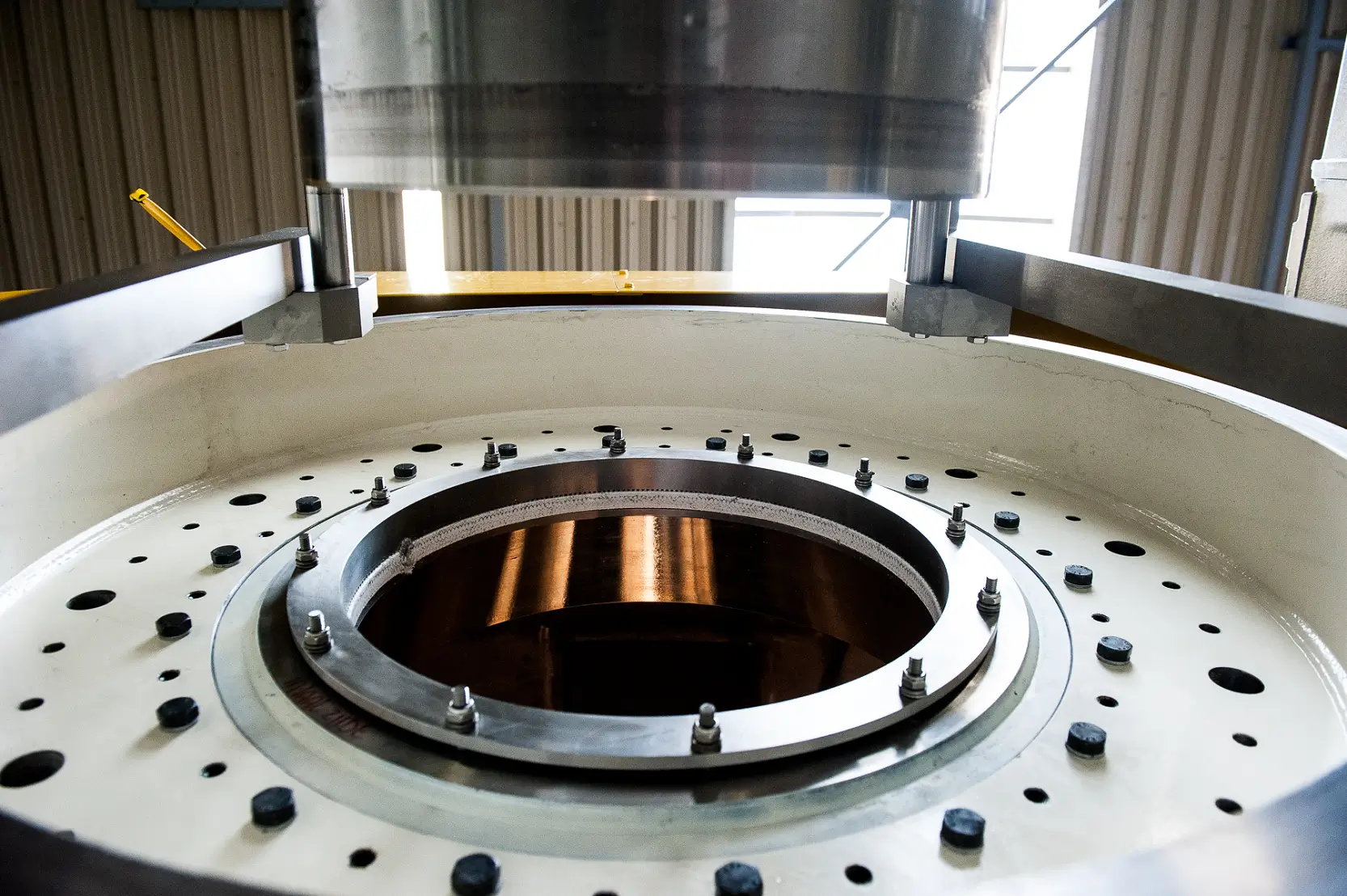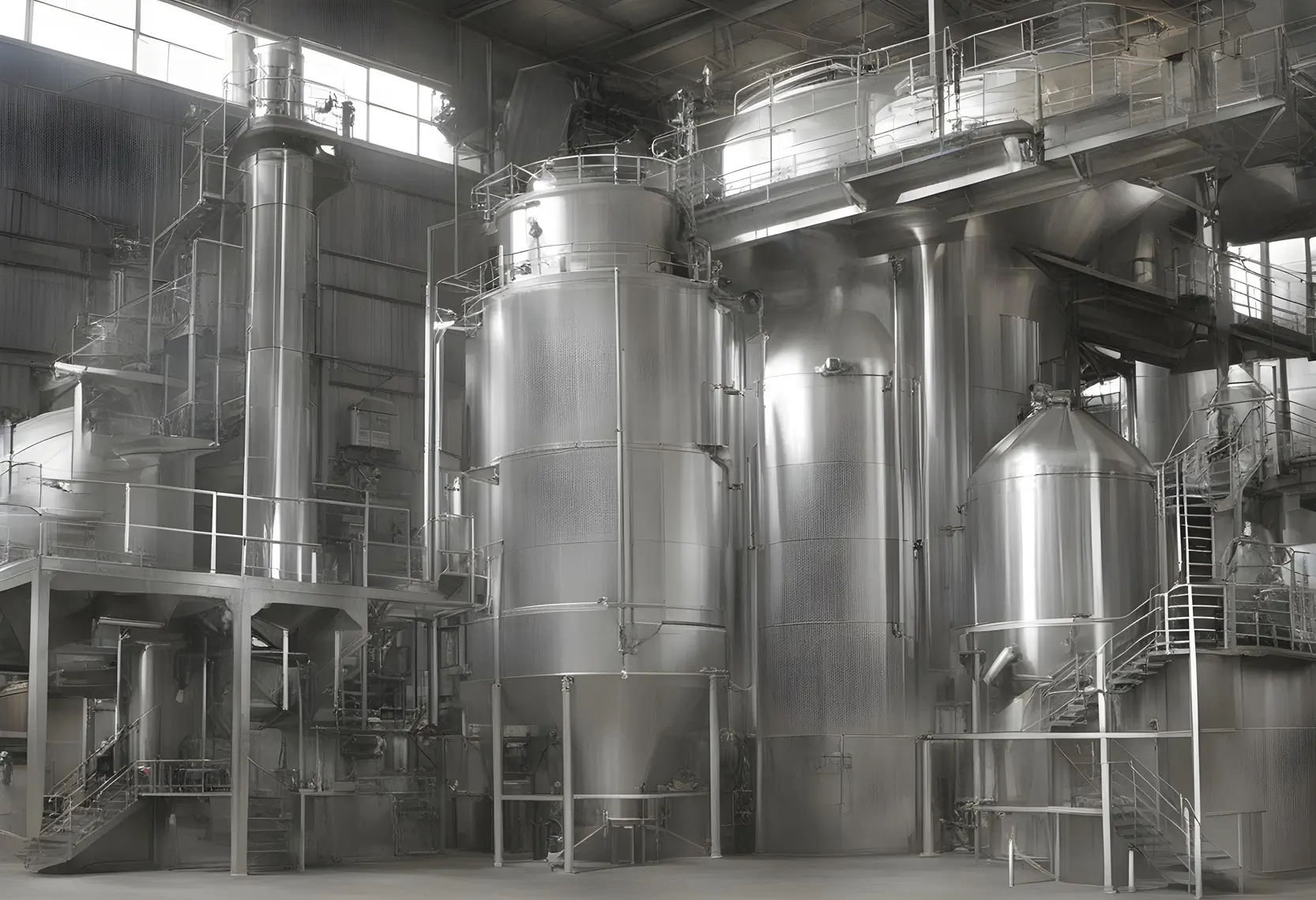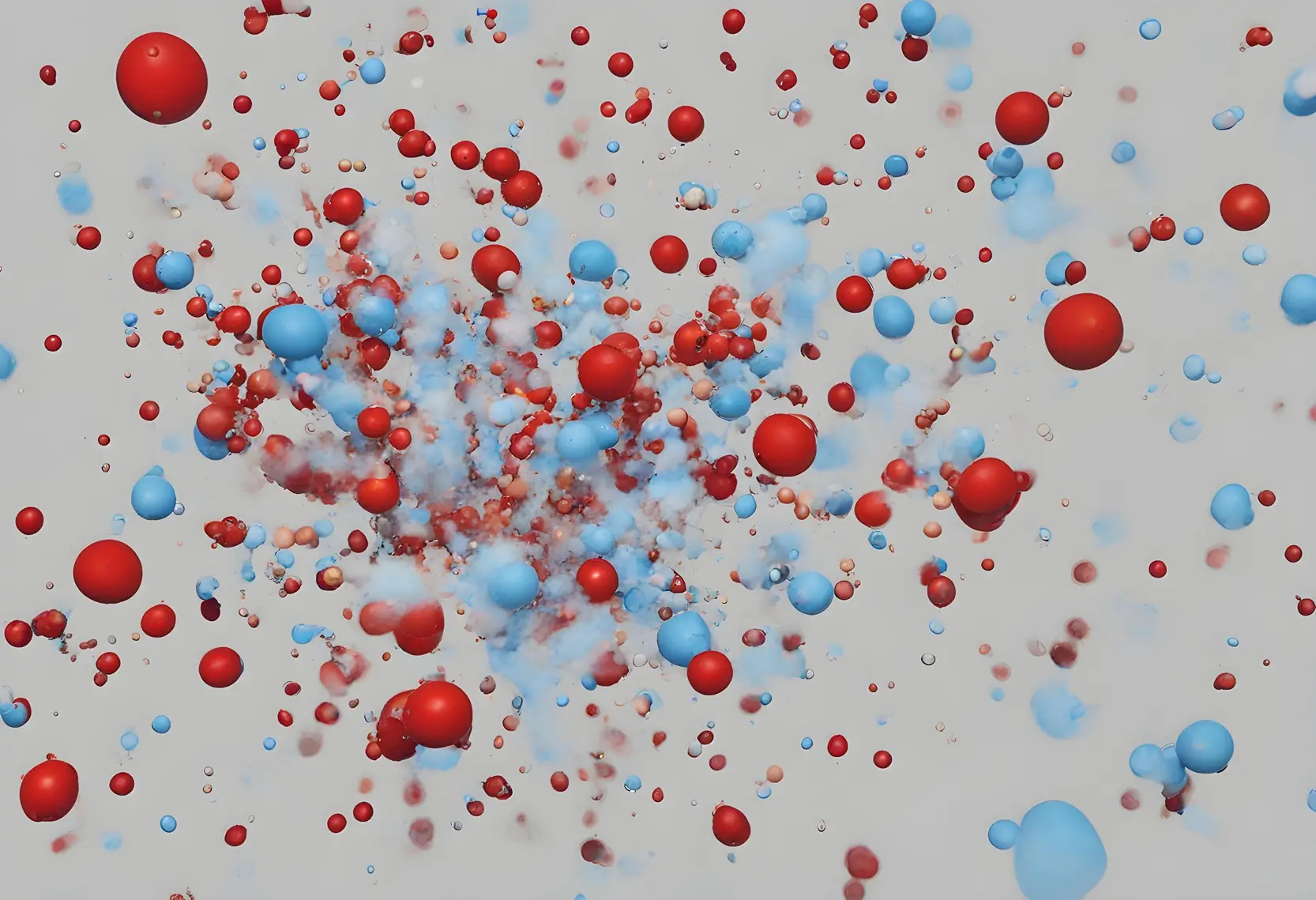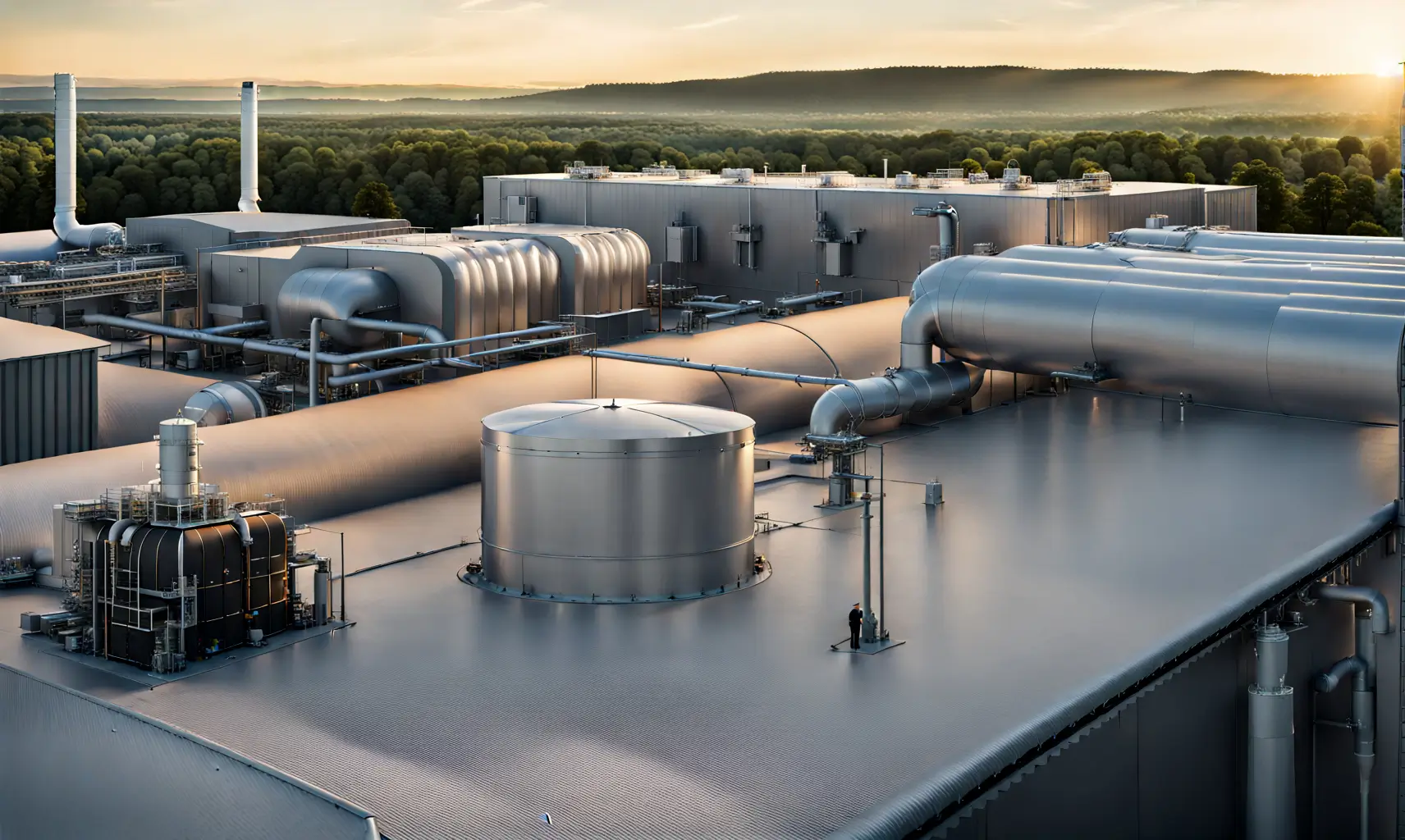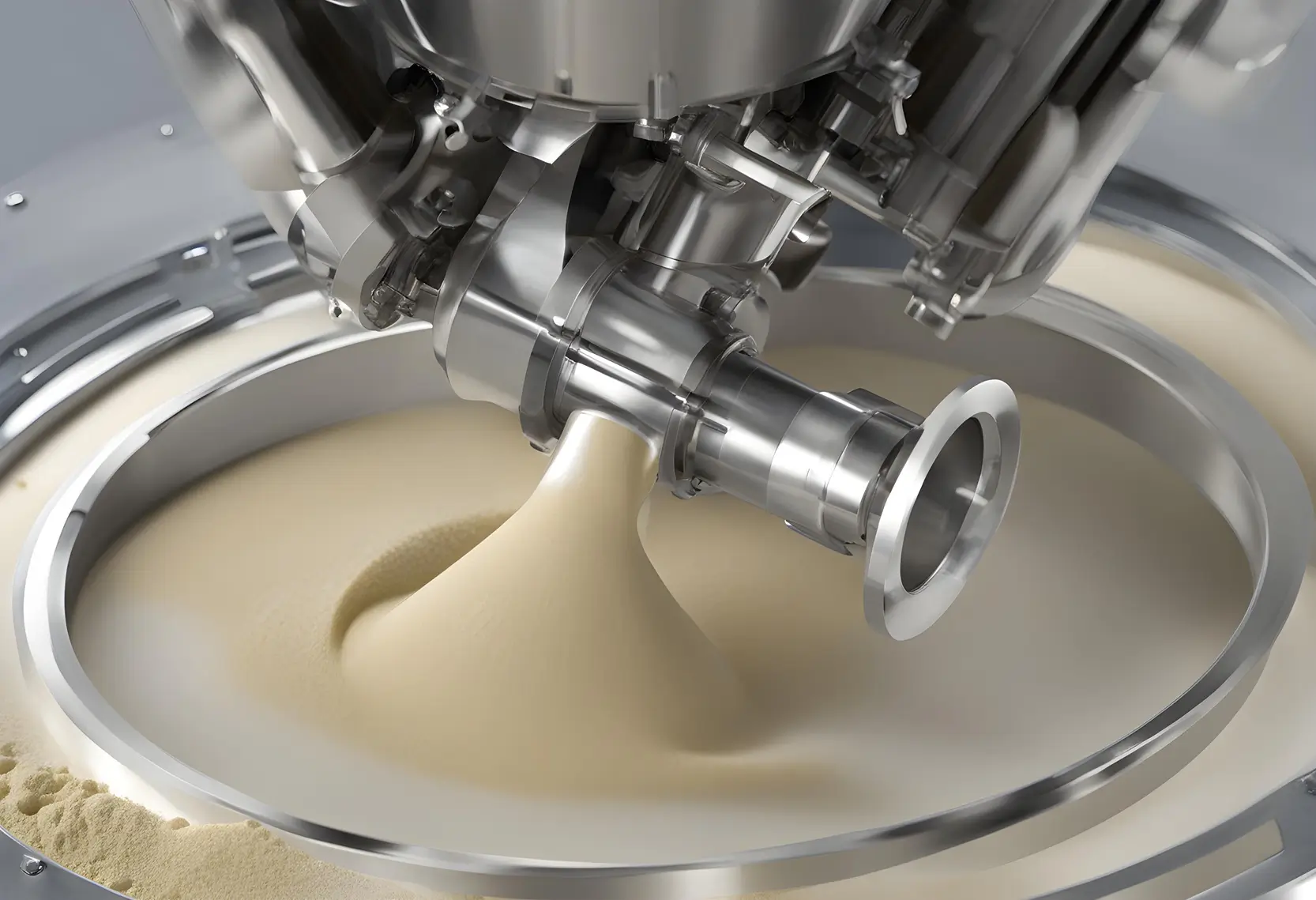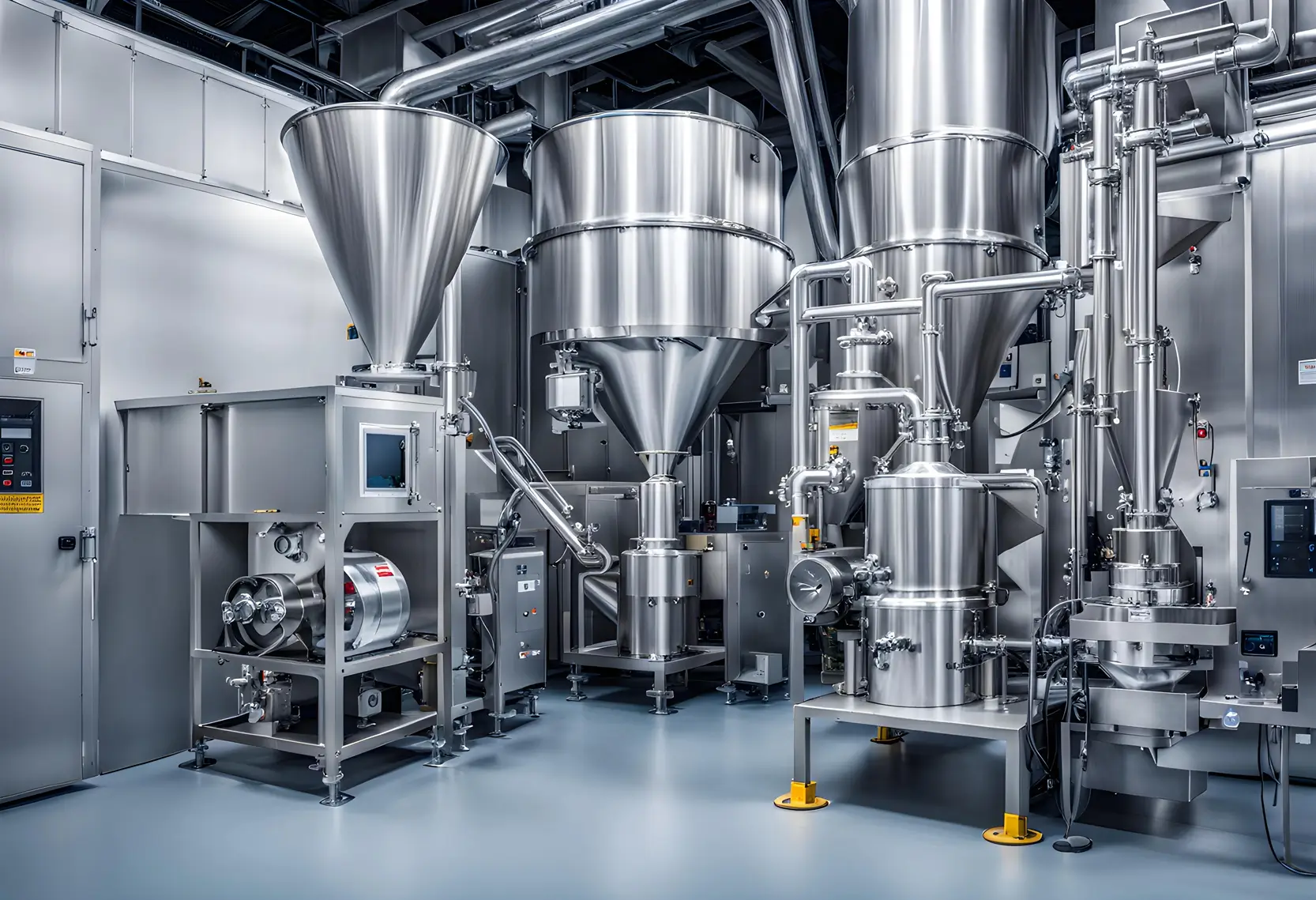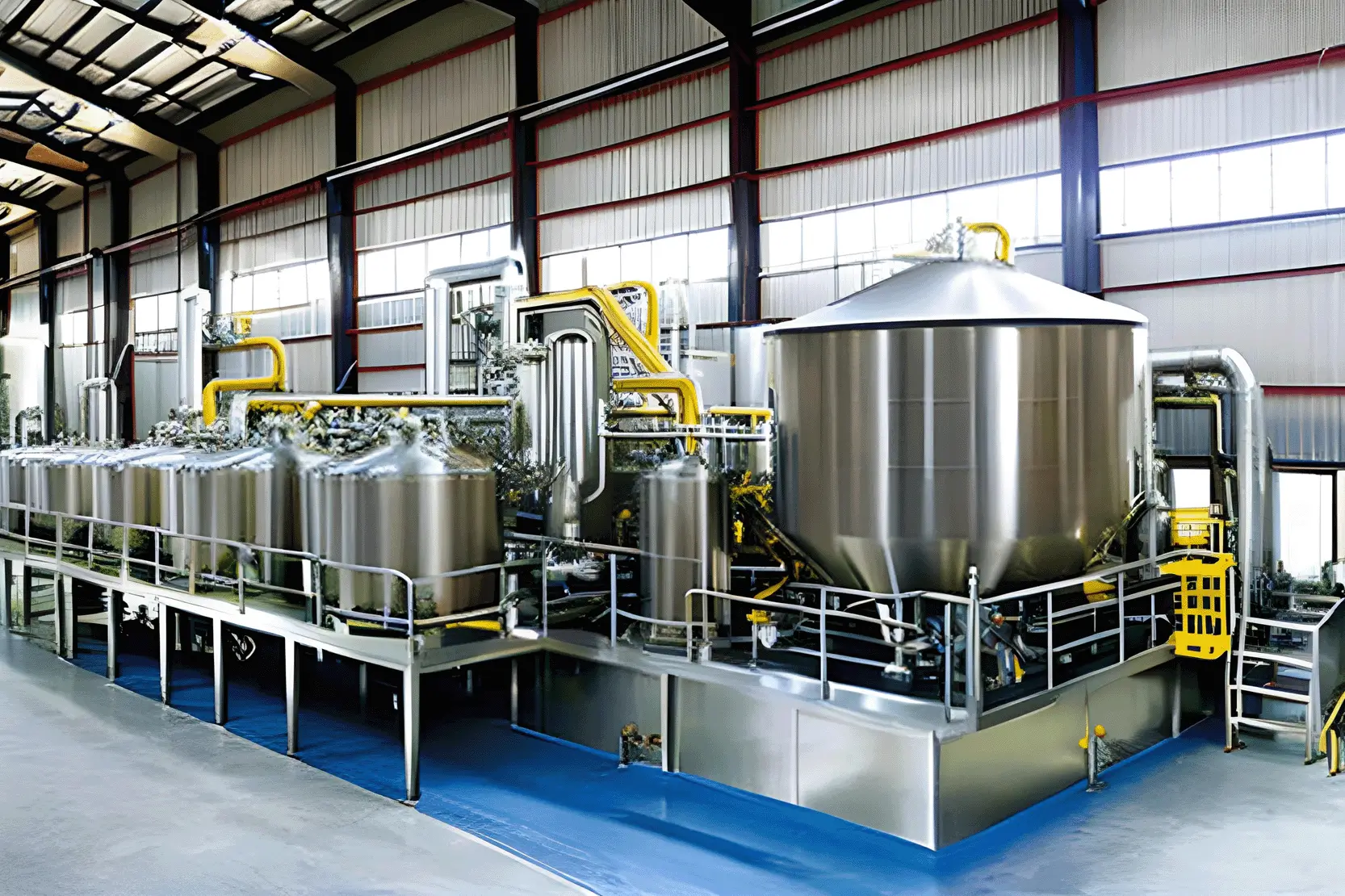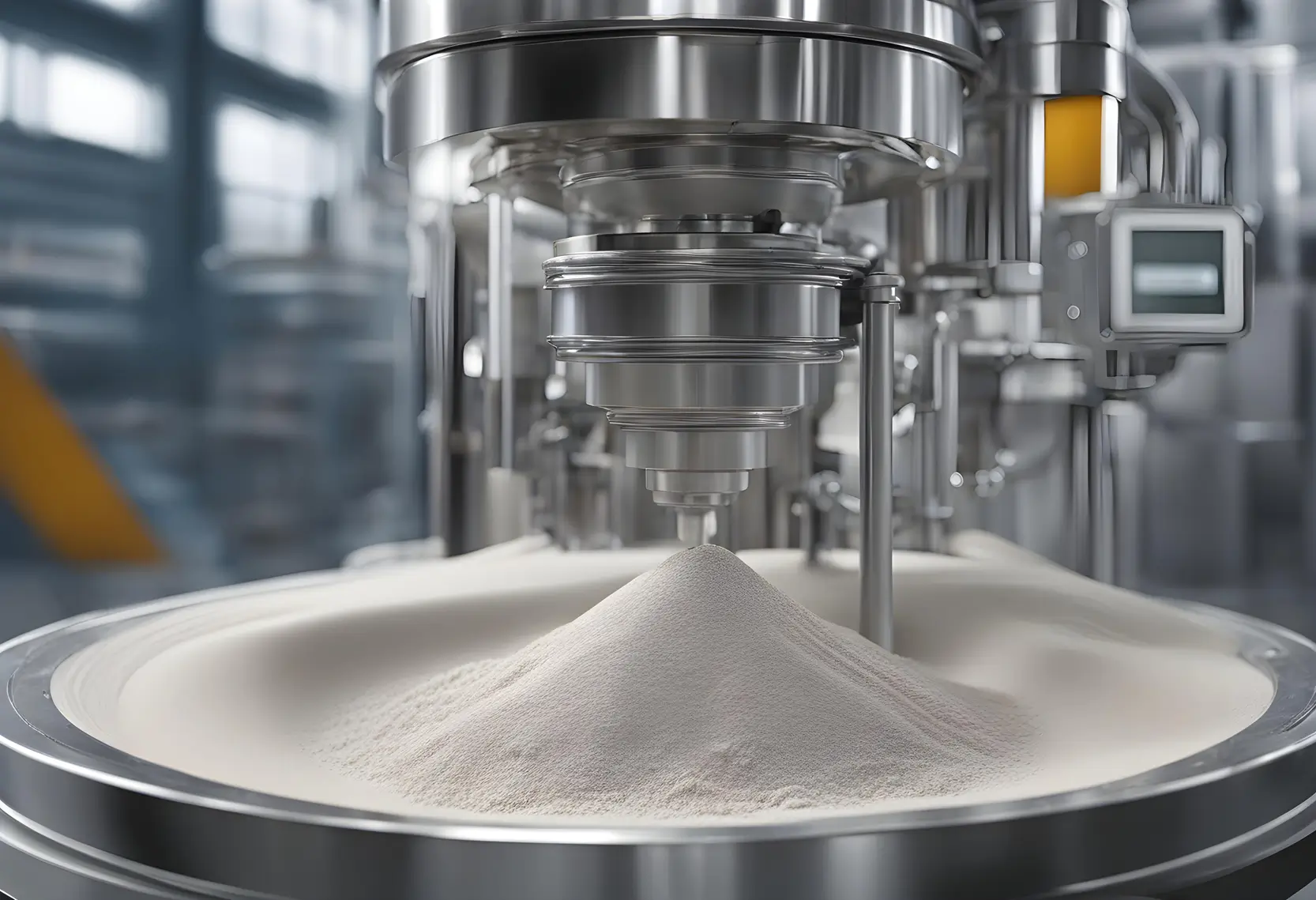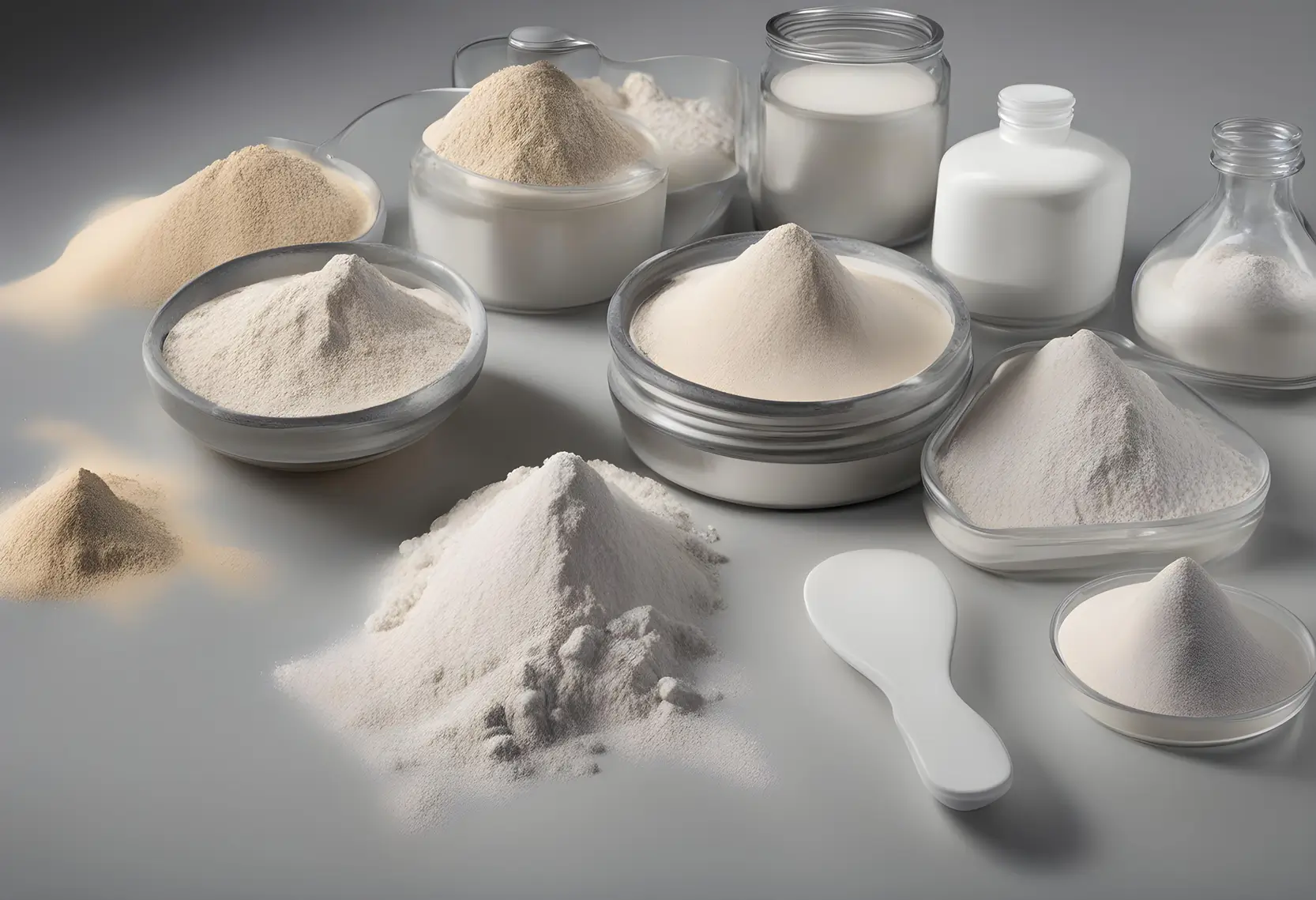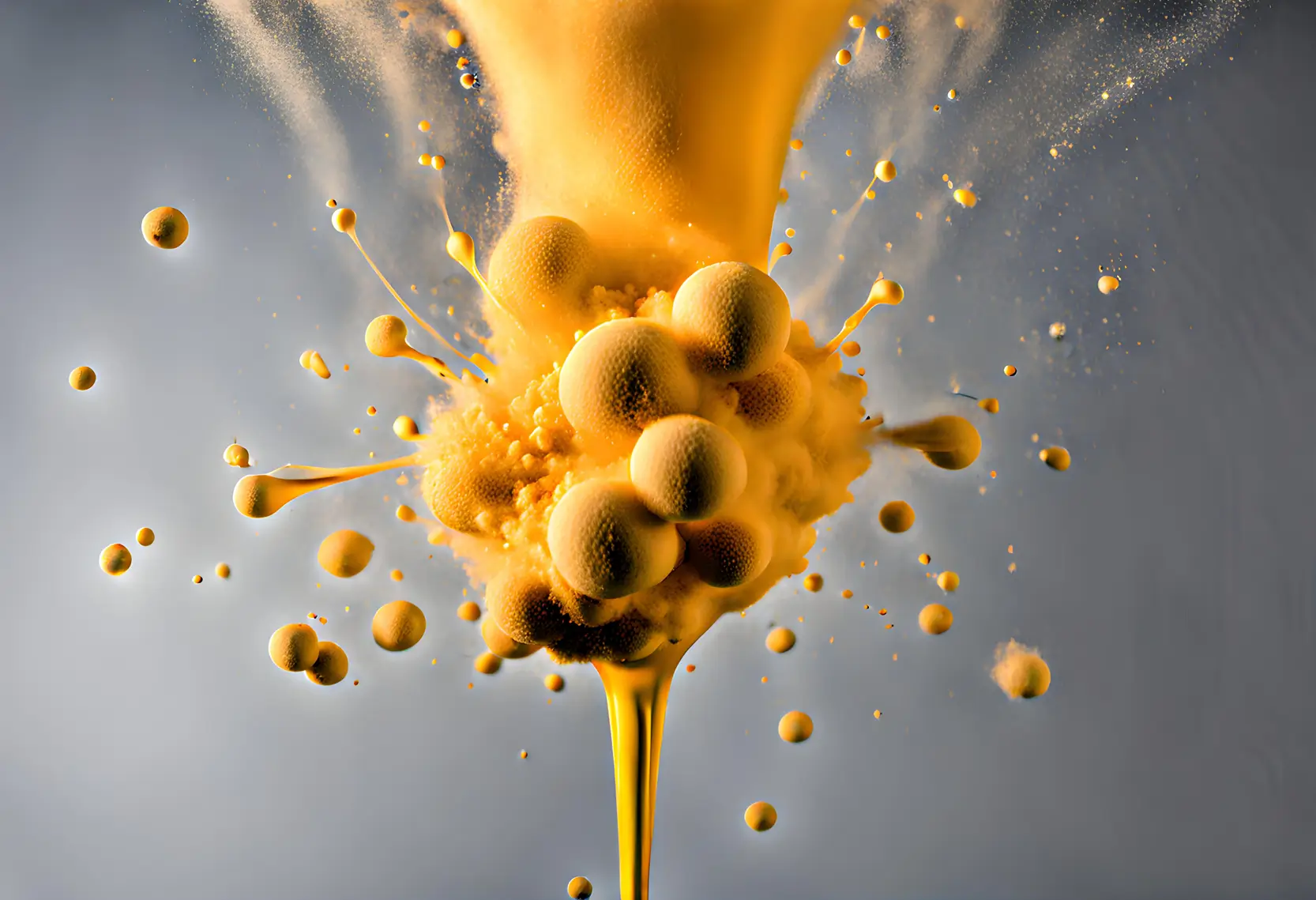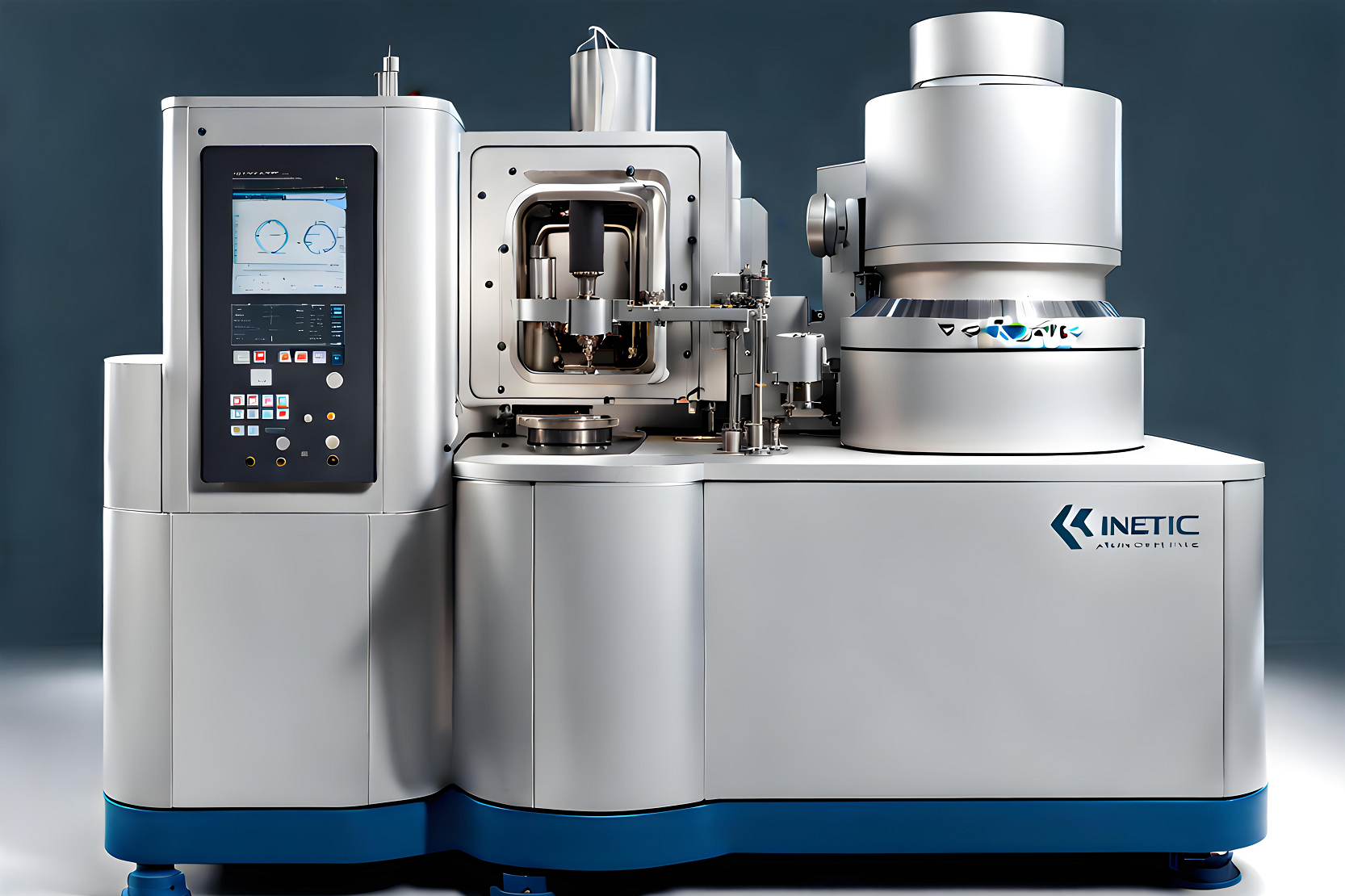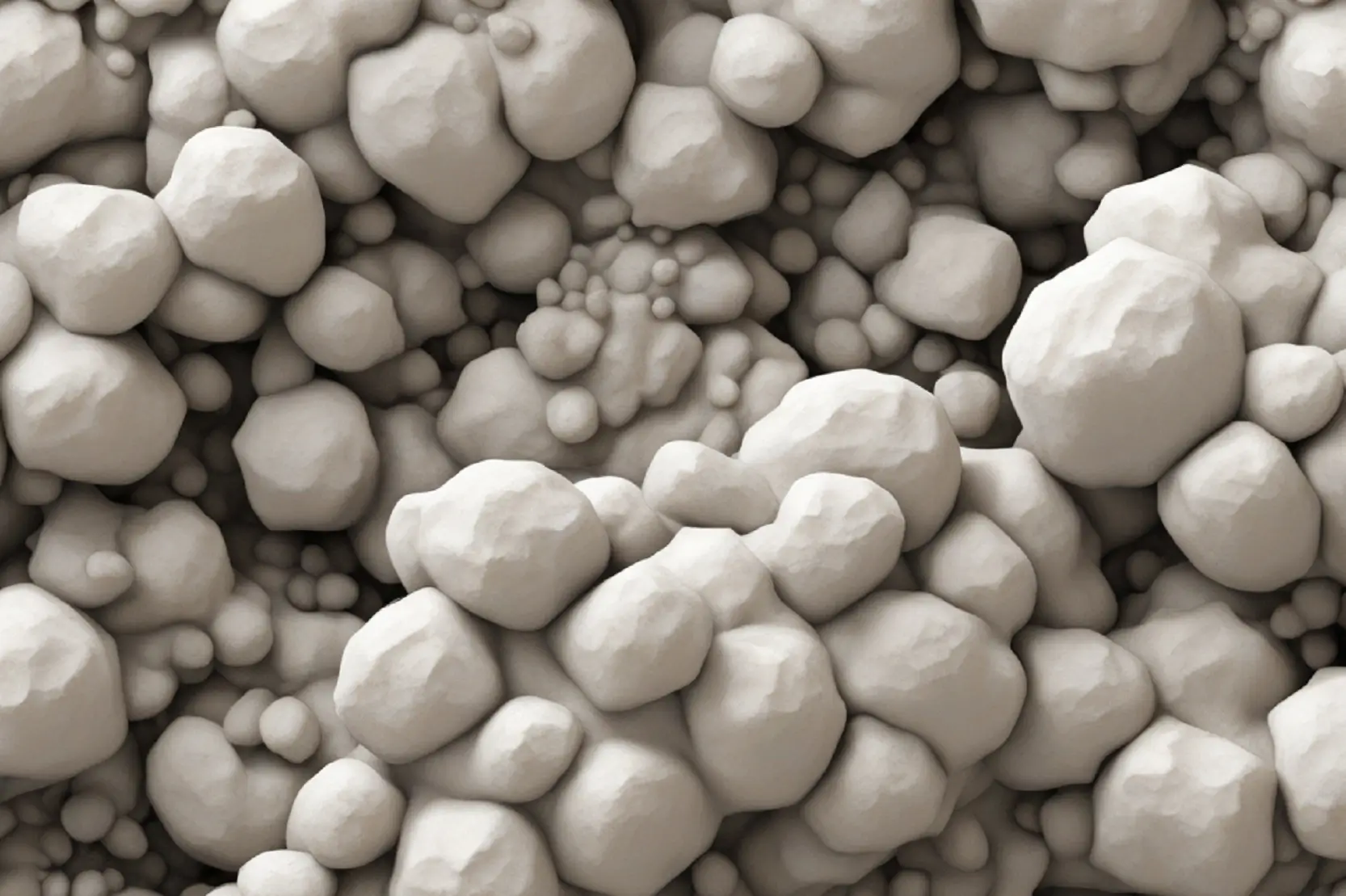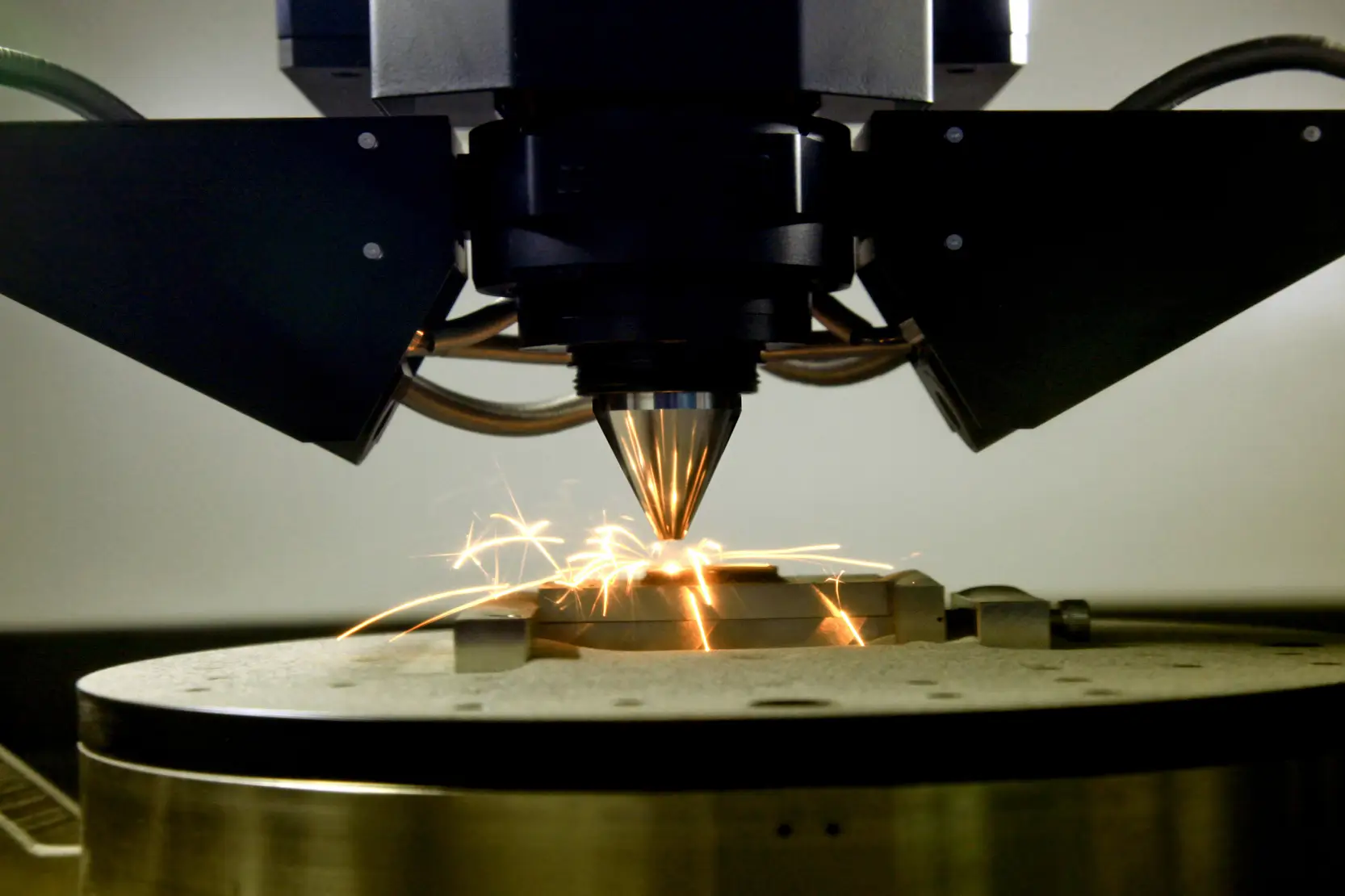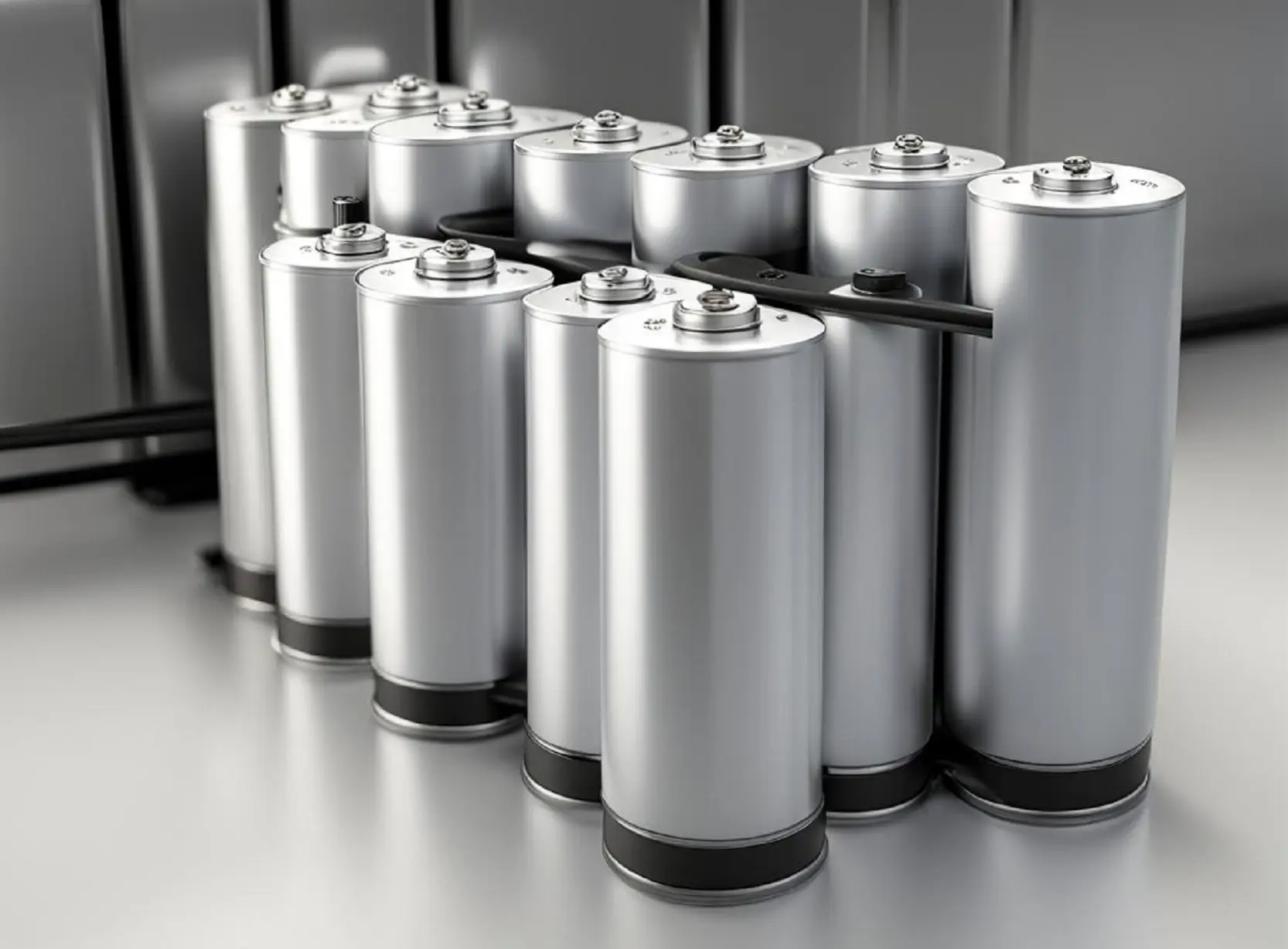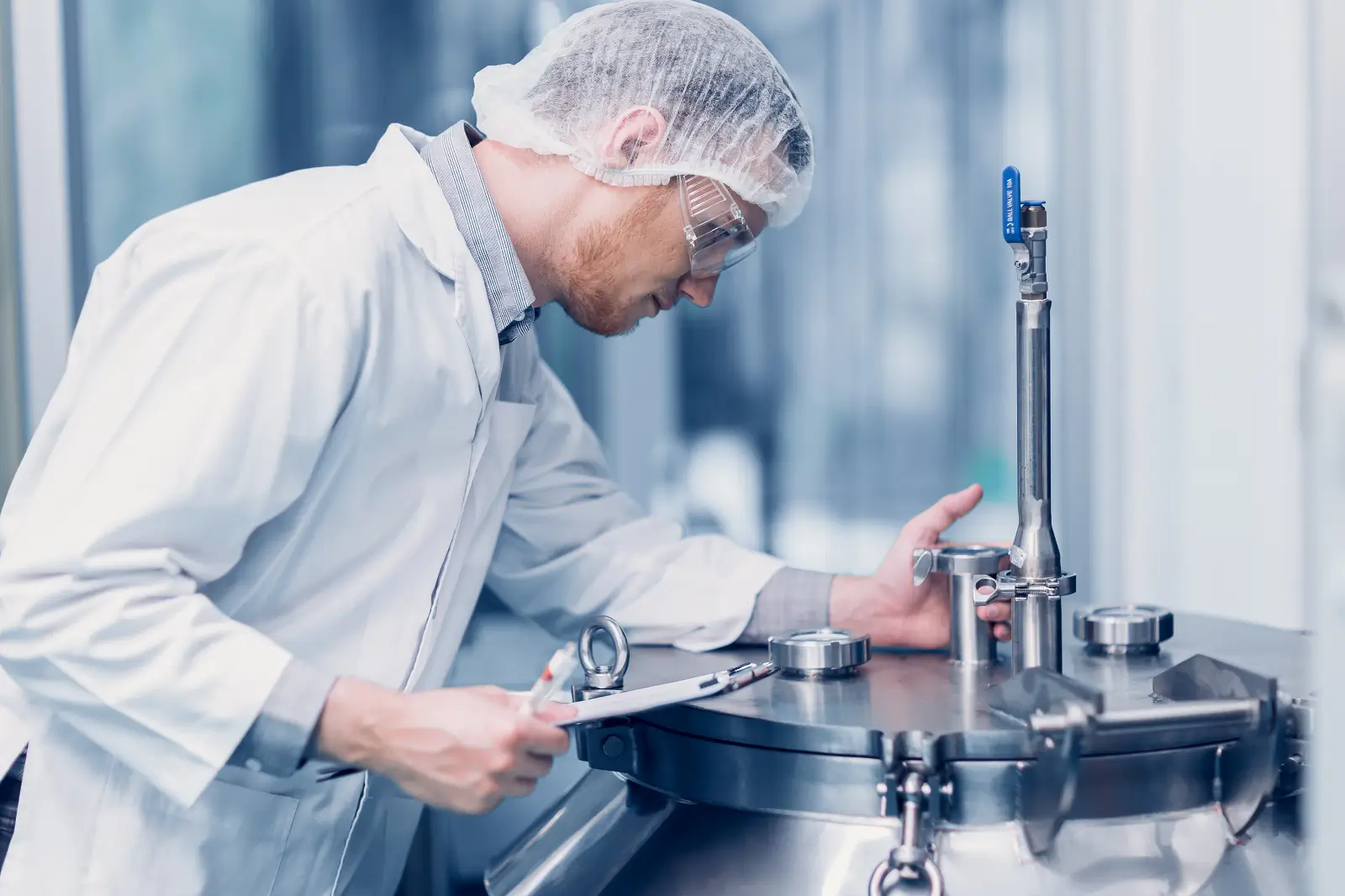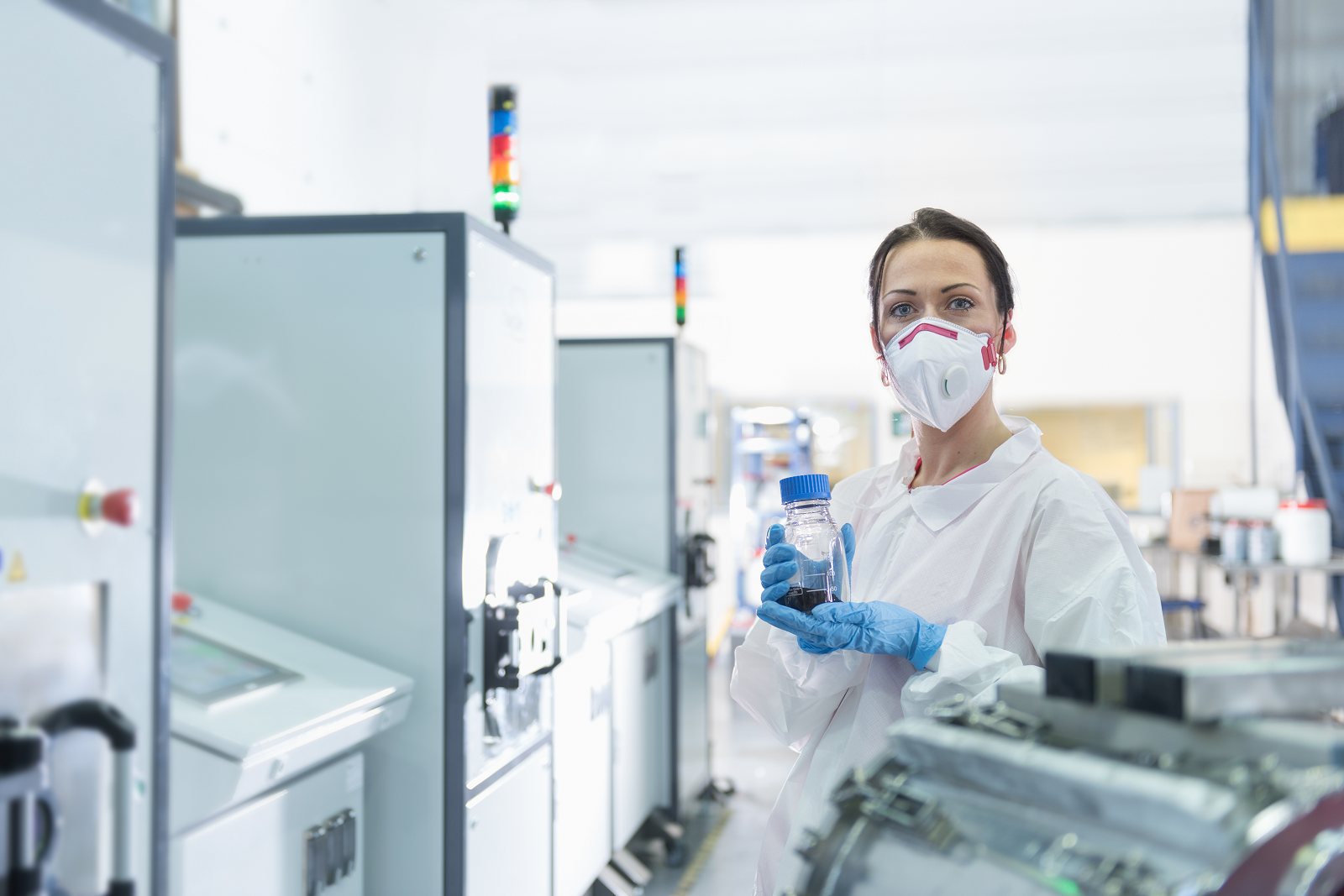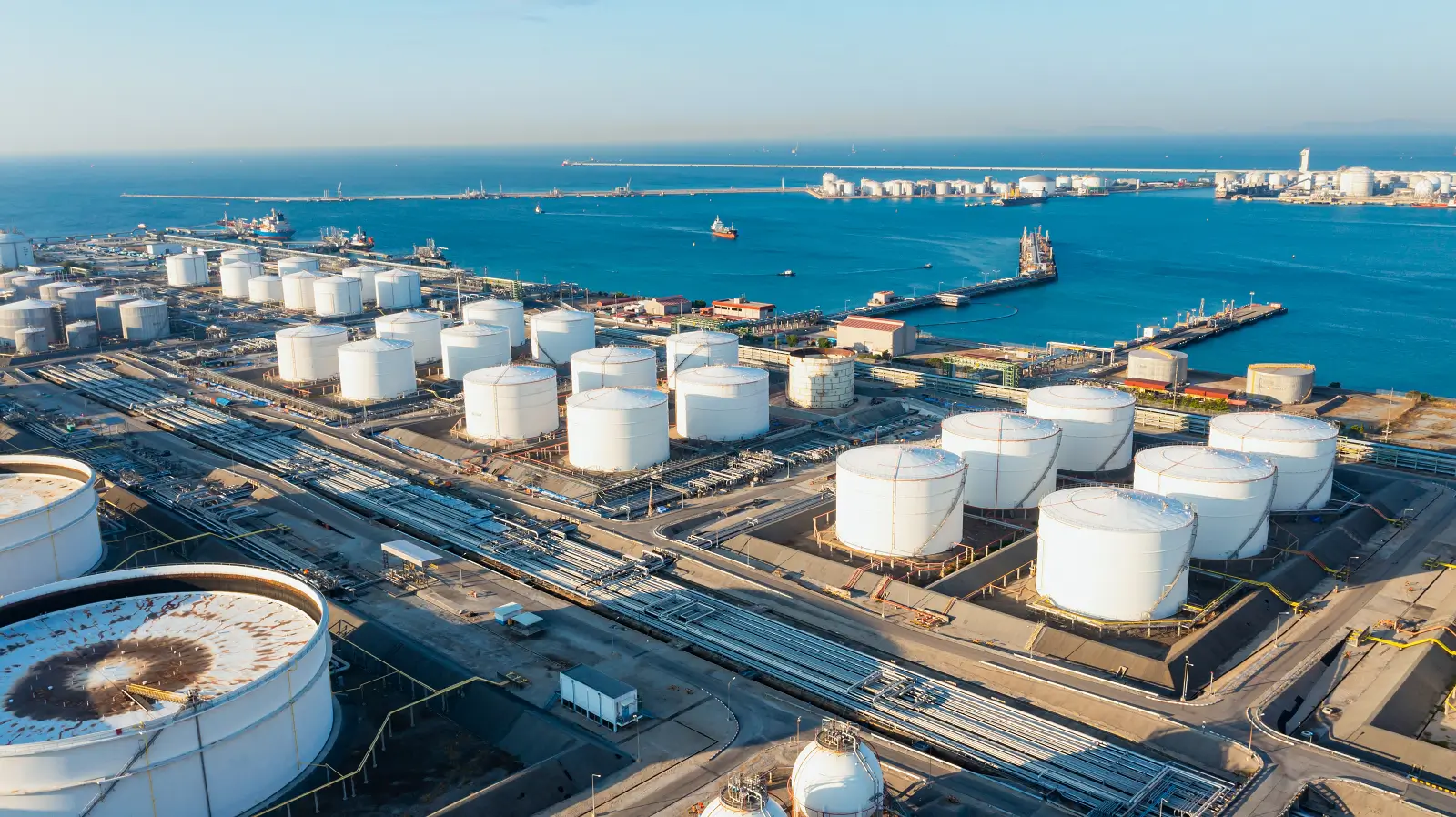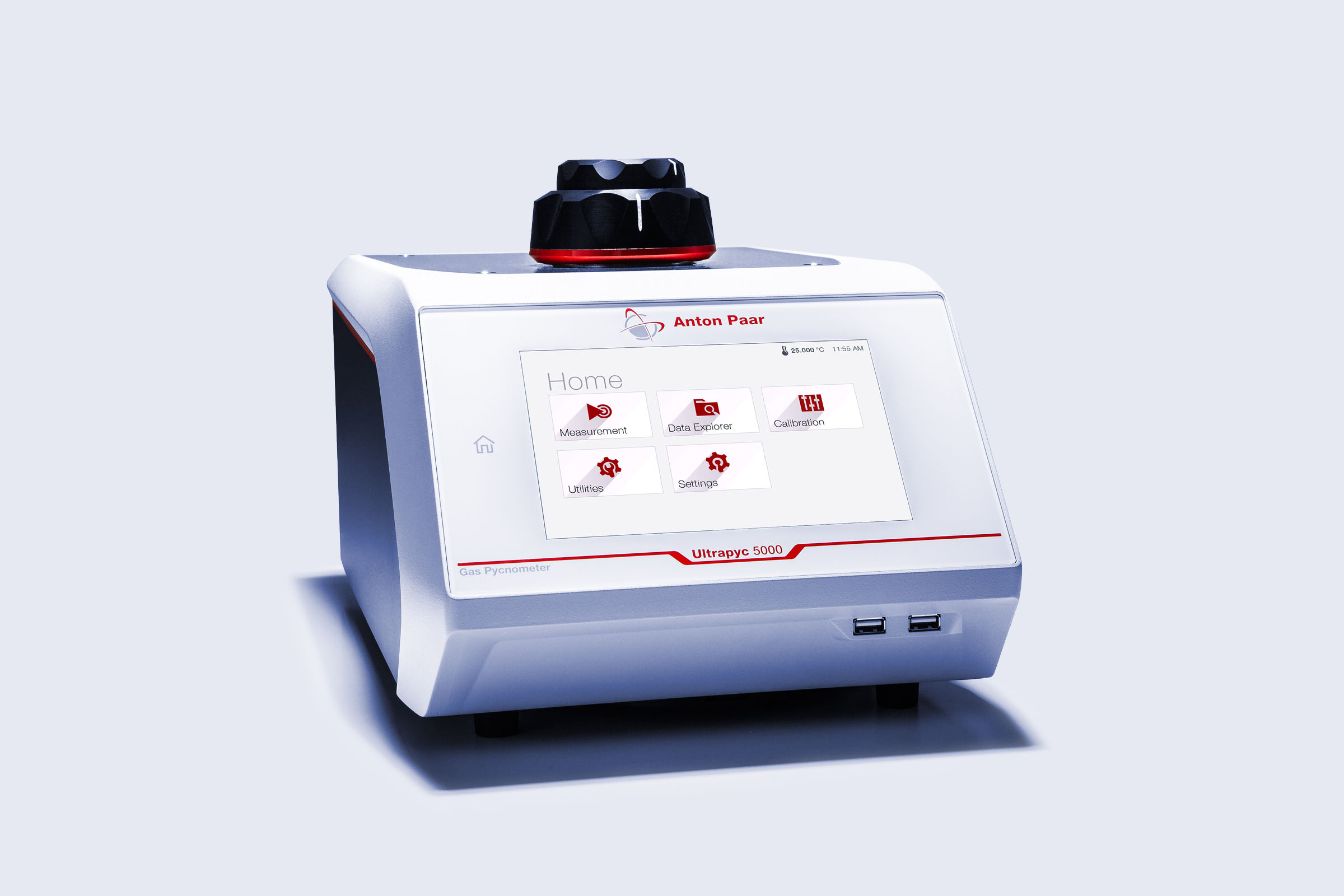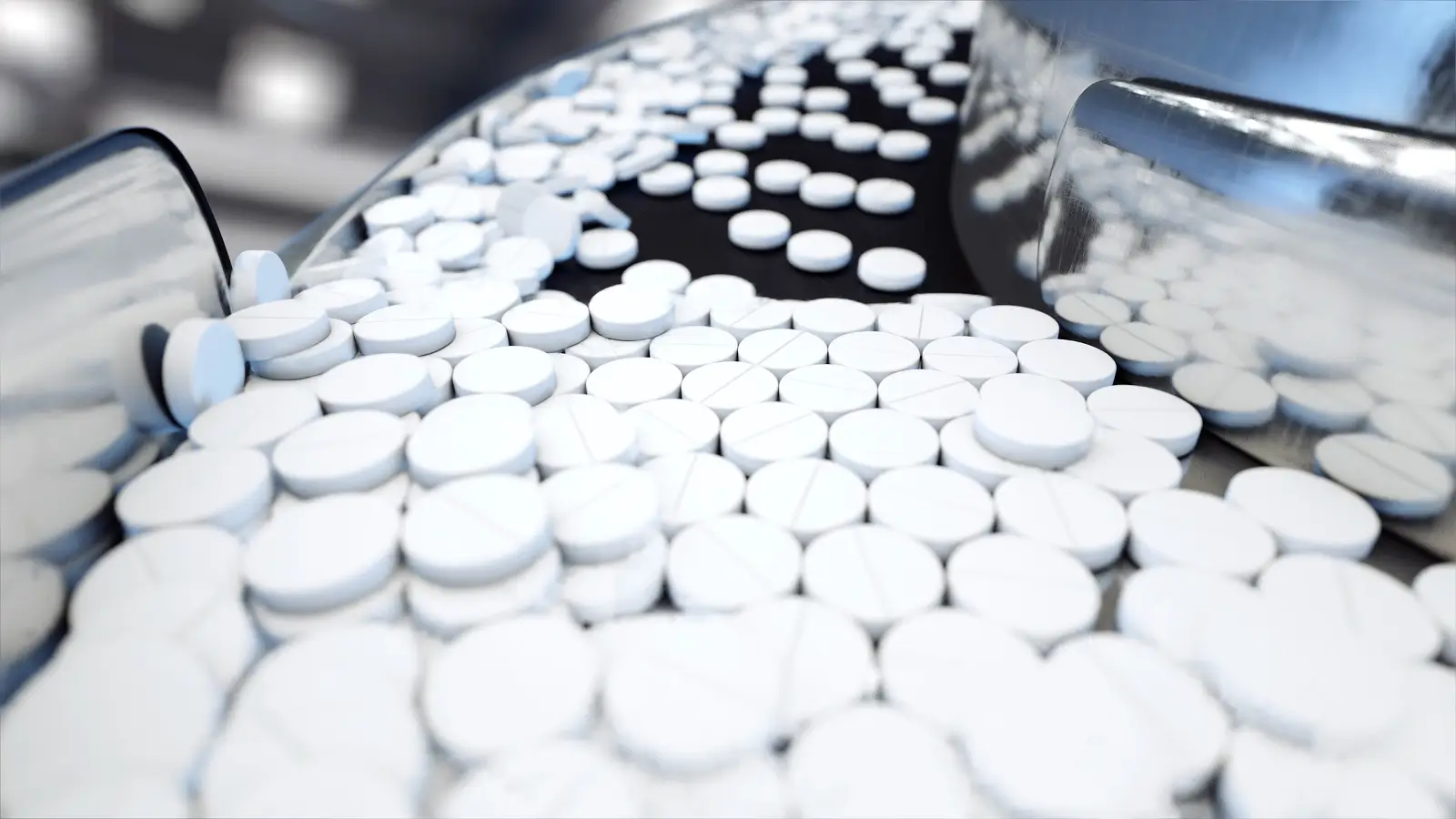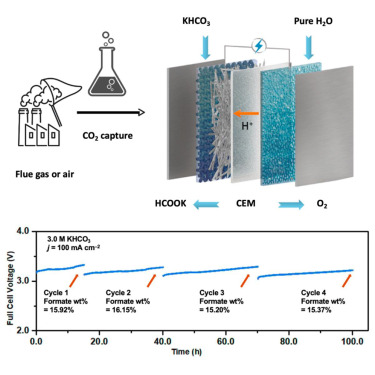Featured articles
Powdertechnology.info insight of the week
Electrical Conductivity in Battery Powders
The electrical conductivity of battery powders is a crucial aspect of the technology that powers our daily lives. Batteries, indispensable for devices like smartphones, remote controls, car keys, power banks, and even electric vehicles, have a history dating back to the 18th century. However, the modern batteries we rely on today and consider normal did not develop until the 19th century. Interesting to note that since the 1930s, the integration of powders in battery materials has become increasingly prevalent, with these powders serving as both anode and cathode materials.
Measuring the electrical properties of powders is a complex endeavor. Unlike liquids, powders lack a continuous phase, assessing their conductivity a multifaceted challenge. Conductivity is not solely determined by concentration but is also influenced by factors such as particle size, applied pressure, compression methodology, field strength, and the frequency of the measuring current. Consequently, standardized methods are essential to gauge the electrical conductivity of powders accurately.
The relationship between pressure and electrical conductivity is a complex one. When pressure is applied to battery powders, it compels the individual particles to come into closer contact, effectively increasing the contact area and creating pathways for electron flow. This effect is more pronounced as pressure levels increase. Furthermore, moisture content can introduce variability in conductivity, as it can influence the arrangement of particles and introduce impurities. Therefore, to obtain
precise and relevant conductivity measurements, it is imperative to consider both pressure and moisture content, ensuring that the testing conditions will closely mimic the real-world application of the powder.
We have developed a method based on existing literature to measure electrical conductivity. Our specialized equipment enables us to apply the required pressure to the powder, aligning with real-world usage conditions. In addition to the pressure, particle size and specific surface area can influence powder conductivity. Delft Solids Solutions possesses the expertise to determine these physical properties comprehensively, contributing to advancements in battery technology and ensuring the reliable and sustainable operation of the devices we depend on daily.
Previous weekly insights
what’s trending
Monthly Top Tips
Our videos
Top Pick Articles
editor’s picks
Prime Archive content, selected by our editors.
Partner content
popular news & articles
News and articles in your inbox
Sign up and receive PowderTechnology.info news, articles, and content from our partners in a quick and easy monthly newsletter.
Popular this month
Events
Delft Solids Solutions presents a comprehensive 2-day Particle Characterization course, intricately linked with a 1-day Porosity and Surface Area Characterization program. Designed for industries dealing with diverse materials, the course explores fundamental principles, definitions, and techniques for particle size and shape characterization. Key topics include sampling, sieving, sedimentation, microscopy, and quality control, with practical demonstrations reinforcing theoretical knowledge in the well-equipped laboratory. Scheduled for November 26-27, 2024, in Wateringen, The Netherlands, the course offers participants a profound understanding of particle characterization techniques, enabling them to interpret results and ensure measurement reliability. Upon completion, a certificate of participation is awarded. For inquiries or registration, contact Delft Solids Solutions at +31 174 271 460 or info@solids-solutions.com.


